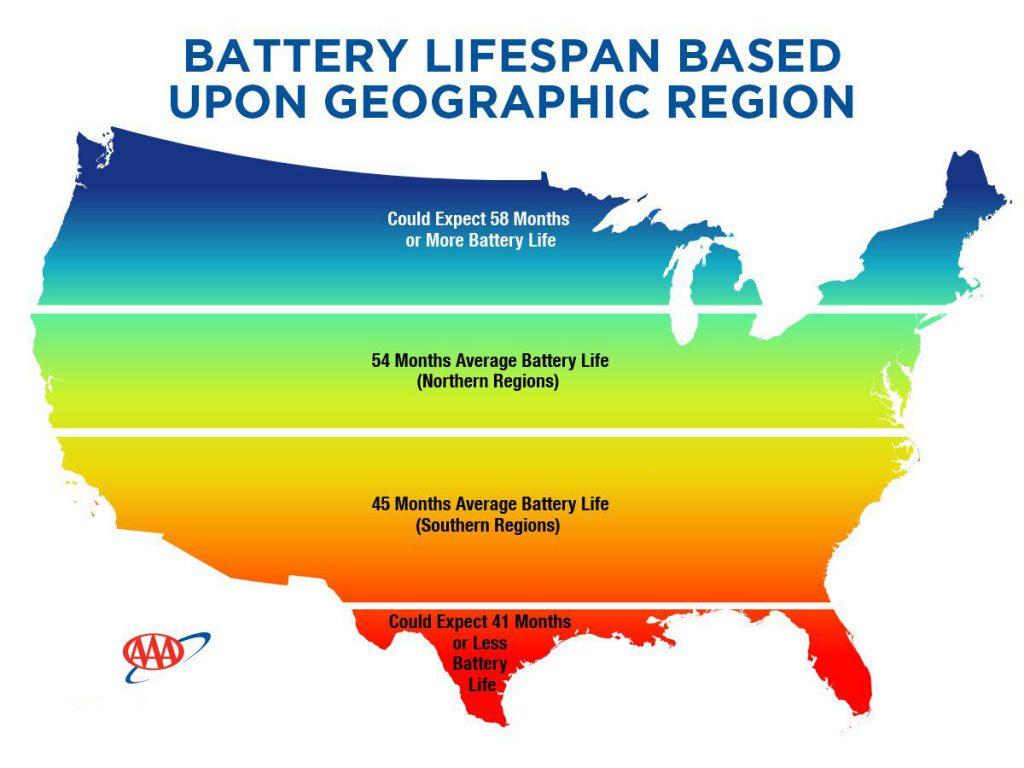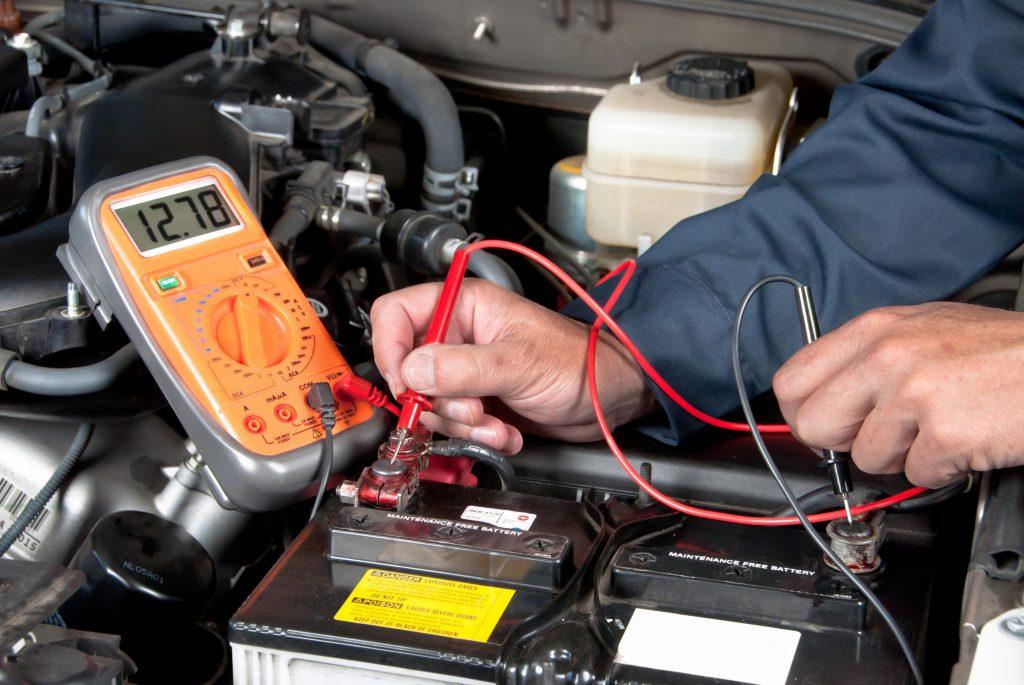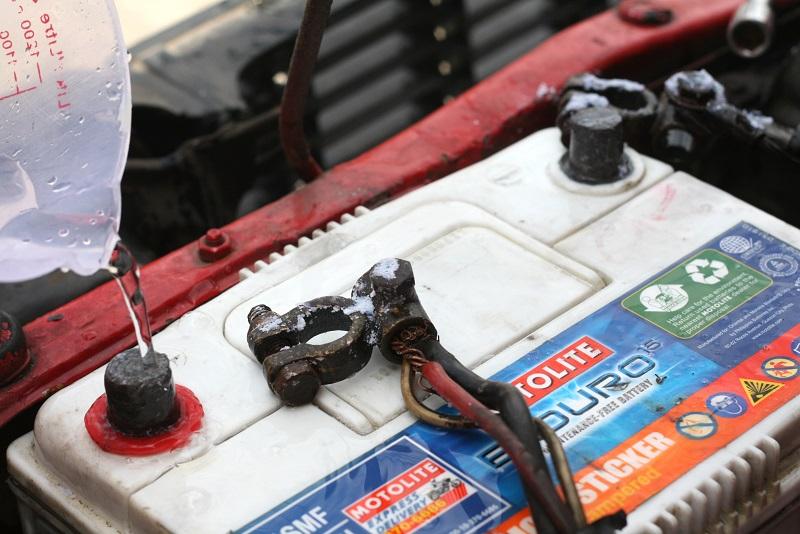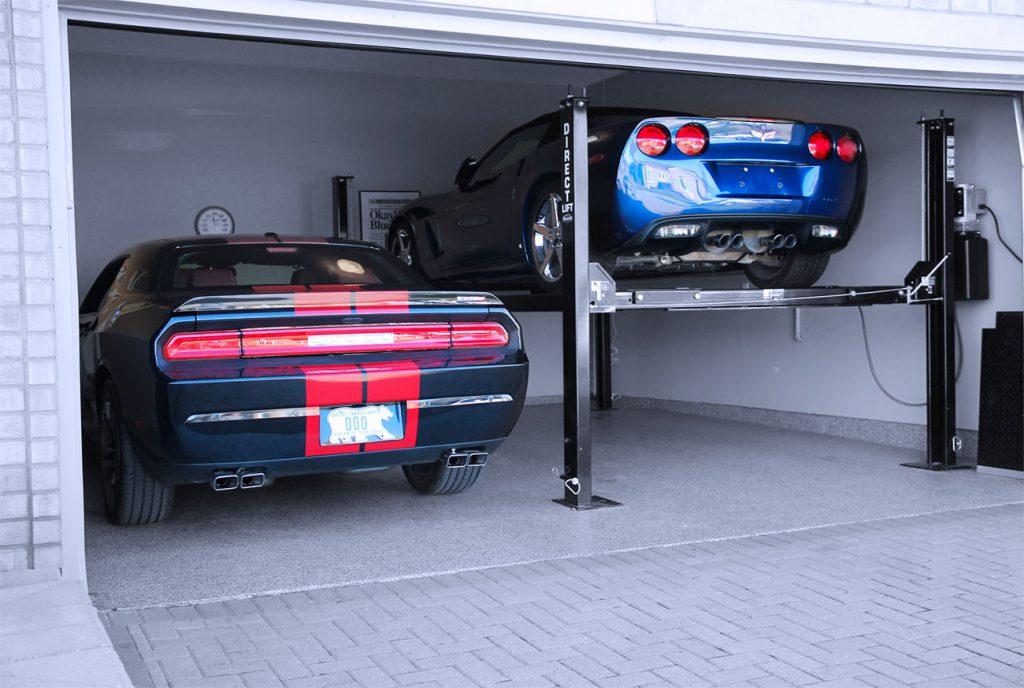Car battery life is impacted by a lot of reasons including the weather condition, driving habits,… This article is going to represent these reasons and how to make car battery last longer.
Car batteries take an important part in car operation. The automotive battery does the job of transforming chemical energy into electrical form.
It provides a significant amount of on-demand current to power up onboard electrical appliances, lights and start the engine.
Contents
Normal Life Of A Car Battery
Depending on the weather where you live and your driving habits, also the condition of your charging system, the lifespan of a car battery is almost 3 to 5 years under normal conditions.
However, the “normal” here is just not normal. It is determined by many factors mentioned in theory but rarely come to pass.
To specify, “normal” in this case means that the battery is fully charged and attached to a reliable and consistent charging system.
Besides, it doesn’t experience extremely high temperatures and provides power for the large number of accessories. In fact, these accessories such as GPS receivers, MP3 players,.. or vibration, temperature extremes really take a toll on the battery.

Before delving deeper into the matter, you should know that car battery life is fixed and you can’t extend it beyond that lifespan.
Nevertheless, you can definitely prevent the batteries dying early by knowing factors having negative effects on car battery lifetime and following simple car battery maintenance tips.
Factors That Can Impact Battery Life
Lack Of Maintenance
It is clear that if a lead-acid car battery isn’t maintained regularly, average lifetime of a car battery will reduce significantly.
There are plates of materials such as lead and lead dioxide inside the plastic box, which are suspended in a mix of water and sulfuric acid creating an electrolytic solution.
This mixture allows electrons to flow between the plates, which is essentially electricity. A range of factors can impact this chemical reaction.
Vibrations from rough travel or a poorly-secured battery can shake loose or damage the plates. Moreover, the temperature is too hot, it can speed up the chemical reaction and shorten battery life.
This is the reason why some batteries are covered by an insulating sleeve to keep extreme temperatures in check.
Bad Driving Habit
One of the major factors which have a negative impact on automotive battery life is driving style. Starting the car wastes a huge jolt of electricity, so the charging system has to step in to replenish the battery.
If you have a lot of brief trips, the battery hasn’t ever had a full charge. This constant state of undercharge causes acid stratification. Inside the battery, the electrolytic solution has the upper half of the solution as a light acid and the other is a heavy acid.
The light acid layer corrodes the plates while the heavy one will compensate for the car’s electrical requirements leading to a shorter battery life, even though the battery shows up as working on routine tests.

Extreme Temperature
Another factor that obviously impacts on a car battery life is weather conditions. The ideal temperature for batteries to operate best is a range of around 19 to 32 celsius degrees.
While extreme high temperatures can cause a dramatic decrease in the battery’s use cycle, extreme low temperatures also makes the battery’s overall capacity reduce.
Therefore, you should try to maintain optimal operating temperatures to extend the lifespan of vehicle batteries.
Rate And Voltage Of Recharge
The speed of charging a car battery is not stable. So, a charge controller is used whenever recharging car batteries to help regulate the charging rate and the voltage.
Moreover, there will be an ultimate failure if VRLA battery is overcharged excessively. Make sure that if you have a Gel battery, a fully charged status should be between 13.8 and 14.1 volts.
For an AGM battery, you’re looking at 14.4 to 14.6 volts. And your battery is already fully discharged if your voltmeter reads anywhere between 11.8 and 12.0 volts.
Signs Of Car Battery Problem And Time For A Change
Bad Car Battery Symptoms
Dead battery is the clearest sign of car battery problems. You can test a battery with the electronic testers which is available at most automotive shops and even a few auto parts stores.
A mechanic will check the car battery’s condition and give advice on whether it needs to be replaced or not. You should let the tech check your car battery’s condition whenever you have an oil change and routine vehicle maintenance.
Another sign of a car battery problem is a battery itself. Take a look at it. You probably have a leak if there is corrosion or stains.
If your battery is covered in a case or insulating sleeve, remove it every once in a while to see what’s going on underneath. You should pay attention to your car’s battery and carry out some small tests to minimize the risk of being stranded on your way.
Time For A Change
Sluggish cranking or onboard electronic components acting erratically, flickering headlights for example is the warning that you need to change your battery.
You should check the battery once every six months for swelling or a weird smell like rotten eggs, which means there is something wrong internally and it must be changed.
Besides, some vehicles have a warning light on the dashboard to warn you what is wrong.
Car Battery Life: How To Make It Last Longer
Routine Inspection, At Least Once In A Month
The terminals corrode over time, leading to the destruction of connection between the battery and the vehicle. You can’t stop it, but regular maintenance will keep them clean of the buildup. Acidic or alkaline properties dissolve that corrosion.
So, you can scrub the places with an anti-seize lubricant, a mixture of baking soda and water, or cola to remove the corrosion. Next, wash with water and dry with a piece of cloth. Rub some petroleum jelly on the affected areas to prevent future erosion.

SEE MORE:
Don’t Turn On The Accessories While Idling
The battery is designed to supply a sudden burst of power to the ignition, not for providing energy for electronics and other devices for a prolonged period.
Besides, the alternator generates electricity and charges the battery when the engine is on.
So, operating lights, radio, and other electronics when the car is idling puts unnecessary pressure on the battery and damages it in the long run.
Avoid Short Rides As Much As Possible
The power cells take a minimum time to get fully charged and operate in full force. Making them work when they are not completely functional will only affect the performance of the battery. You need to drive the vehicle often and for longer periods. Shorter rides will ultimately result in declining car battery life.
Proper Storage Is Essential When Unused For A Long Time
Extended inactive periods are not good for the health of either the automobile or the battery. You need to drive the car regularly to make the power cells retain the adequate charge.
If your prized Mercedes-Benz only adds to the aesthetic of the garage most of the times, store the battery in a temperature-controlled chamber. Put it on a trickle charger occasionally to keep it operational.

Use A charger
It’s common to find a dead car battery after returning from a vacation. It happens because the accessories keep drawing energy even when the car is not running. You can use a solar or regular charger that will supply power to the electronics.
So, the fully charged state will make your car battery last longer whether you take the car to frequent short trips or leave it idle for weeks.




Enjoying
We are glad that you like the article. Don’t forget to share with your friends!
thank you for your tips especially engine vibration and prolong battery life span
A dead battery might be the number one cause of the car breakdown. Taking proper care of your car battery is possibly the most suited way to prolong its longevity. A car battery has a certain life- expectancy(~4-5 years with good care). That means no matter, whether you use or not, if your car battery meets its calendar life, then you have to replace it in order to navigate without the likelihood of an unwanted mechanical failure. Yes, by turning the lights off when the vehicle is not in the state of operation, using the accessories gently when the automotive engine is off, monitoring the performance of the battery regularly, topping off the battery fluid timely, cleaning the battery terminal, you can surely extend your car battery life. Although this maintenance chore is not so demanding, still you can take the help of an efficient car professional for the same purpose.
I love the idea of using a charger to extend car battery life. Thanks for the list!
Car batteries is an important part of an automobile. From getting your car started to charging your phone on-the-go, batteries provide the power to your vehicle. So it is important to know when to start considering to change your car battery, also it is essential to know how can we extend our battery life span. But however car battery lies between 2 to 5 years. Routine inspection at least once in a month is helpful getting your battery last longer. The terminals corrosion leads to the damage of connection between battery and vehicle. If your battery get corrosion or any slag then use a solution of baking soda and water for cleaning then dry it with a peace of cloth. Sprays should be applied to the terminals to reduce corrosion.
great nice article , love real
Thank you for all the tips on how to extend your car battery life. My car battery doesn’t last a very long time, and we have been wondering what I can do to keep it running. That is good to know that shorter rides will ultimately result in the declining of a car battery. I will have to make sure to take my car on longer rides to help keep it charged.
Tips given in this article is really helpful to maximize the lifespan of the battery of the vehicle. Battery needs maintenance at a regular interval like other components of the vehicle to last for longer period. Extreme environmental temperature is the real enemy of the battery and has significant effects on the battery and suitable initiatives needs to be taken to protect the vehicle from extreme temperature. Older battery is problematic in nature and should be replaced with suitable substitutes to ensure continuous power supply to the vehicle.
Battery is an an important component of car which makes the starting & running of vehicle easier. Apart from this, it gives the required power for ignition. So it should be properly taken care of. Here in this blog author has shared some useful tips for increasing the life span of a battery. We should avoid frequent short drives. The battery must be properly charged. For this we may use a battery charger. The terminals of the battery must be cleaned properly. We should top off the battery fluid timely. For proper maintenance of our car battery, we may take the help of an efficient car professional.
Agree with your useful list. I most like the point of Routine Inspection, At Least Once In A Month. I definitely adding this in my car maintenance list. Thanks for the sharing this.
Thanks for highlighting these tips. I will remember all these.